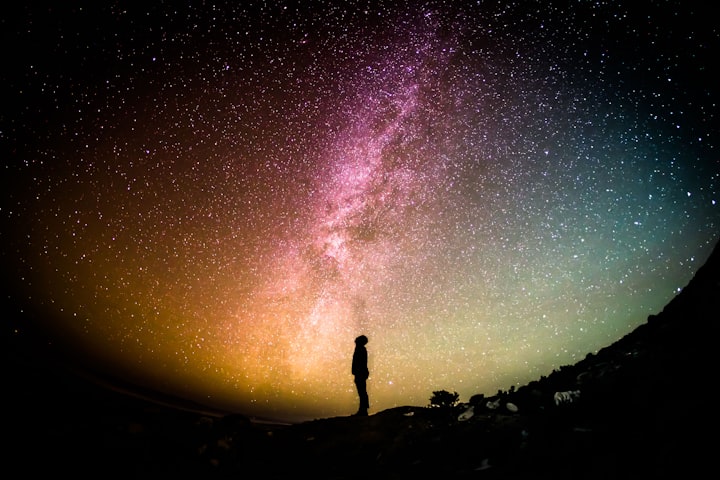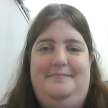The Shape of a World
Worldbuilding 1

I have been trying to outline a political fantasy story for some time now. While I have some good ideas, the need to constantly stop and make notes to ensure what I add is consistent with everything else I have already created has proved to be maddeningly frustrating. It seems that my original notion of ‘Knights! Castles! Battles!’ is not nearly enough.
Like anyone faced with a sudden, seemingly unending task in the modern world, I turned to the internet. In hindsight, this was probably a mistake. There are certainly an unending and bewildering range of resources to help the hapless worldbuilder. All of which, I have found, quickly become a waste of time. I do not need to know the density of the world I’ve made, or its gravity, or the number and type of planets in its solar system. None of these things will have any bearing on the story I want to tell, and as such, forcing my mind to work out these things will only waste time and leave me so frustrated that I give up on a promising story. I know, because this has happened to me before.
I have found lists of thousands of questions that make me want to tear my hair out in frustration long before I get close to writing a single word of a story. I have found myself answering questions that not only have no bearing on the story that I want to write, but also that seem highly unlikely to be interesting enough to offer the sort of throwaway details which make a world appear to be real, with a history and mythology worth paying attention to.
Therefore, this series of articles will show me building the world of Heskland. I hope that it proves entertaining and helpful. Having said that, they will cover a great deal of ground (literally, in some cases), and I urge you to ignore any part of them that does not help. If what I have done feels like a waste of time to you, ignore it.
After my above complaints about gravity and calculation, perhaps it will come as some surprise to learn that my first decision was on the shape of the world. This is largely due to my fascination with the Flat Earth conspiracies. While I do not believe their arguments for reality, for a fantasy world, some of their ideas are truly fascinating. Not least the double-rim of mountains notion.
I will hold that idea back for other stories which will allow for true exploration of such things, however. One of those notions will require an entire galaxy to be built, and those worlds will be most useful there. Since my characters within Heskland will not explore beyond their own lands, it would be a waste to offer up such an innovative world to this story. I will stick with the notion that Heskland is on a traditional globe.
This led me to consider the heavens, and here I think there might be a use, for divination purposes. I will give Heskland two moons. That fits neatly with the vague ideas of religion and mythology I have in place. Yes, technically that does affect the tides, but it also gives them more light and deeper shadows at night - and will make those nights with no moon at all truly seem dark to the inhabitants. I am less bothered about the maths than about the story, which is probably why I write fantasy rather than science fiction.
At the moment, that’s all I have. Two moons, and the vague idea that having a system of horoscopes might be an interesting detail to be explored later. It is these little throwaway details that can help a world truly come to life, though.
Why Don’t We Have More Unique Worlds?
This is a question I have been forced to look at while I have been sorting out the shape and moons for Heskland. Outside of the Discworld, and some hints in the Chronicles of Narnia, I struggle to think of worlds that are not Earth-like in nature when it comes to fantasy. In a genre that is renowned for its use of the imagination, this seemed odd.
The first reason is probably the one I listed above. As authors, we get bogged down in the science and the maths of such things. It becomes a series of mental gymnastics to change the basics, and since they do not affect the heart of our stories, we ignore them. So we have world after world with blue skies, yellow suns, and one silver moon.
I think this is probably us as authors missing a wonderful opportunity. Fantasy does not need to follow the rules of reality, and thank heaven for it. All it needs is a consistent set of internal rules. So I encourage those reading this to be more adventurous than I have been with Heskland.
Give me more worlds with multiple moons, or suns, or that lie beneath things that look like planetary rings that shower magic down on those beneath in nightly, rainbow-hued beauty. While I have taken the boring route with Heskland, writing this article has set my mind afire with ideas for future projects. Particularly for the project which will need an entire galaxy of worlds to be built.
I would love to see more unique worlds. Worlds that have the exotic quality of Raymond E Fiest’s Kelewan, where six-legged creatures frolic amongst exotic fruits beneath a green sky. If you have such stories, please let me know. I would dearly love to read them.
About the Creator
Claire Stephen-Walker
Hi. My name’s Claire, and I spend all of my time writing. I have for as long as I can remember, because it is as close to magic as reality lets me get.






Comments
There are no comments for this story
Be the first to respond and start the conversation.